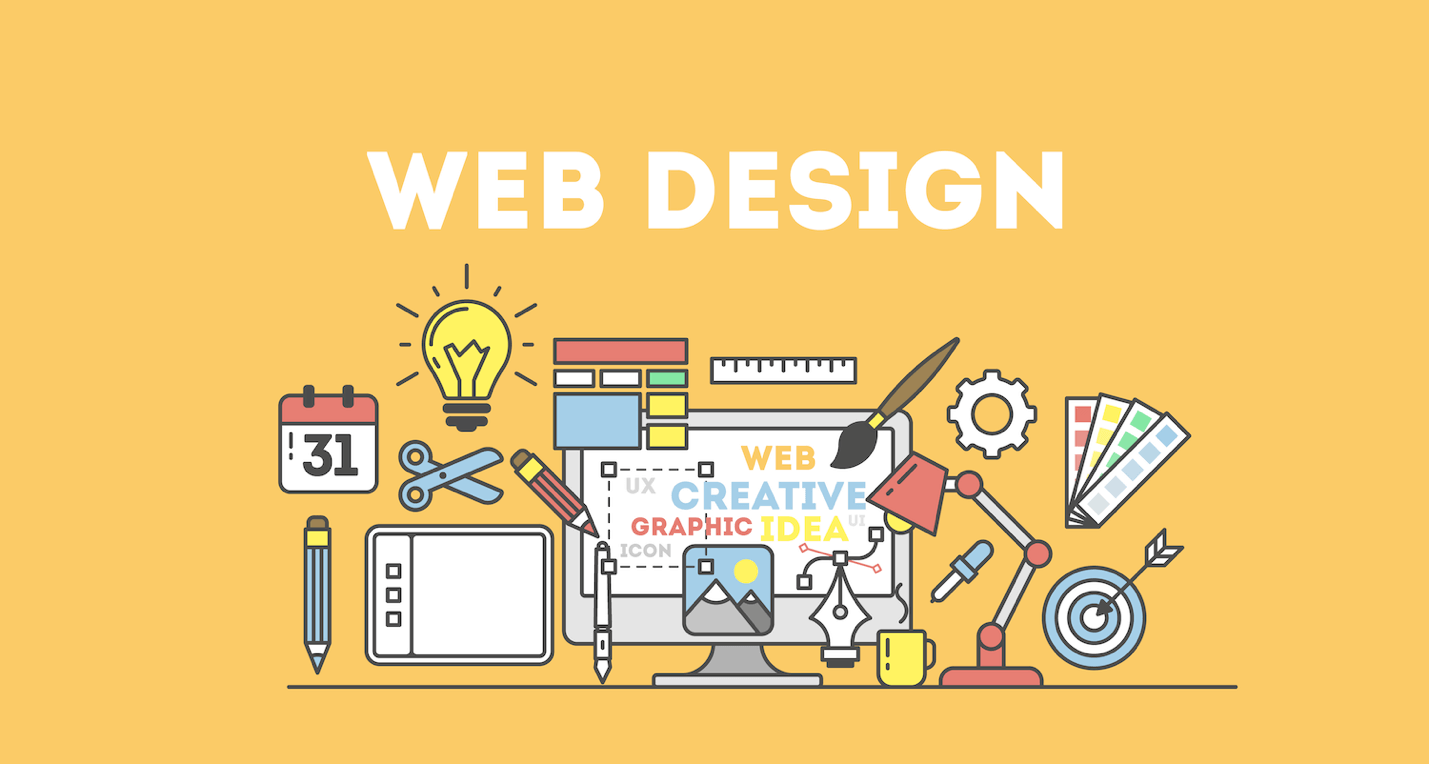Top Tips for Creating an Impactful Site Layout That Transforms
In today's electronic landscape, the value of an impactful web site style can not be overemphasized, especially when it involves converting site visitors into customers. To achieve this, one must consider a range of factors, consisting of comprehending the target audience, prioritizing individual experience, and maximizing for mobile systems. Additionally, the calculated usage of compelling call-to-actions and a well-defined aesthetic hierarchy plays a critical duty in directing individuals with their trip. As we explore these crucial elements, it comes to be obvious that the success of your internet site depends upon greater than just aesthetic appeal; it requires a thoughtful approach to design and functionality.

Understand Your Target Target Market
Recognizing your target audience is basic to effective internet site style, as it prepares for developing an engaging individual experience. Identifying that your customers are, including their demographics, preferences, and habits, allows developers to tailor the website's web content, layout, and functionality to fulfill particular demands.
Performing extensive market study is crucial in this procedure. Surveys, meetings, and analytics can provide important insights into individual assumptions and pain points. By compiling this data, designers can produce individual personas that stand for various sectors of the target market, ensuring that layout choices are notified and pertinent.
Furthermore, comprehending the target audience aids in picking proper layout components such as color pattern, typography, and images that resonate with individuals. An internet site that talks directly to its target market fosters a feeling of connection and trust fund, motivating longer sees and higher conversion rates.
Inevitably, a user-centered method to web site layout not only enhances individual complete satisfaction however also supports company goals by driving interaction and loyalty. By prioritizing the needs and choices of the target audience, an internet site can effectively serve its function and attain preferred end results.
Prioritize Individual Experience
To improve the general efficiency of an internet site, focusing on customer experience (UX) is necessary (Website Design). A properly designed UX makes sure that site visitors can browse the website easily, discover information quickly, and engage with content meaningfully. This causes raised customer fulfillment and higher conversion prices
Begin by executing user-friendly navigation. Menus ought to be logically structured, allowing individuals to locate essential locations of the site with very little initiative. Uniformity in style aspects, such as color pattern and font styles, fosters familiarity, which is important for preserving customer interaction.
In addition, consider the filling speed of your web site. A hold-up of simply a few seconds can lead to significant drop-offs, as customers are less likely to wait for a slow-loading page. Improving photos and enhancing code can improve performance and retain site visitors.
Additionally, clarity in content discussion is vital. Use concise, interesting language and separate text with visuals to boost get redirected here readability. By focusing on individual experience, you not just create a much more delightful setting for site visitors yet also strengthen your brand's trustworthiness. Ultimately, an emphasis on UX is a financial investment in the long-lasting success of your site.
Enhance for Mobile Instruments
Enhancing for mobile phones is crucial in today's electronic landscape, where an enhancing variety of users access websites via smart devices and tablets. A mobile-friendly style not just boosts customer experience but additionally plays a substantial duty in boosting internet search engine positions. To attain this, it is vital to take on a responsive design that immediately gets used to various display sizes and orientations.

Loading rate is one more crucial variable; mobile customers are commonly less client and anticipate quick accessibility to info. Optimize pictures and utilize browser caching to improve efficiency. Finally, examination your site on numerous gadgets and display resolutions to identify and remedy any kind of prospective use problems. By prioritizing mobile optimization, you make certain that your website continues to be affordable and effectively involves a wider audience.
Use Engaging Call-to-Actions
A website's efficiency typically rests on its capability to assist visitors toward desired activities, making compelling call-to-actions (CTAs) important parts of design. CTAs act as the critical factors that direct individuals to involve with the website, whether that implies making a purchase, authorizing up for a newsletter, or downloading and install a resource.
To create reliable CTAs, clearness is extremely important. Usage concise language that plainly connects the activity you desire the customer to take.
Furthermore, take into consideration utilizing directional hints, such as arrowheads or photos, to assist individuals towards these buttons. By concentrating on these components, organizations can substantially boost customer interaction, driving conversions and eventually accomplishing their website's objectives.
Concentrate On Visual Hierarchy
Efficient website style relies greatly on a well-structured visual pecking order that visite site guides users through content seamlessly. By organizing components in a way that prioritizes details, developers can enhance customer experience and facilitate decision-making. This entails making use of size, color, contrast, and spacing tactically to draw attention to one of the most critical parts of a webpage.
Using bigger fonts for headings and subheadings develops a clear distinction between various sections, enabling individuals to More Bonuses check material effortlessly. In addition, using different shades for switches and calls-to-action can record customer focus and motivate communication. Whitespace is another necessary part; it avoids mess and enables customers to concentrate on key messages without distractions.
Pictures and graphics need to complement the text while additionally sticking to the well established hierarchy, enhancing the total message (Website Design). Consistency in style elements, such as color design and typography, more reinforces the visual pecking order, making navigation instinctive

Conclusion
In conclusion, effective website layout requires a comprehensive understanding of the target audience, prioritization of customer experience, and mobile optimization. Ultimately, a well-executed internet site layout offers as a vital part in driving user activities and attaining business objectives.